Home>Interior Design>What Degree Is Interior Design


Interior Design
What Degree Is Interior Design
Modified: October 20, 2024
Find out what degree is required for a career in interior design and how to pursue your passion for creating beautiful spaces. Explore the world of interior design today!
(Many of the links in this article redirect to a specific reviewed product. Your purchase of these products through affiliate links helps to generate commission for Storables.com, at no extra cost. Learn more)
Introduction
Interior design is not just about arranging furniture and selecting color schemes. It is a multidisciplinary field that combines aesthetics, functionality, and practicality to create harmonious and beautiful living spaces. Whether it’s designing a residential home, an office space, or a retail store, interior designers play a crucial role in transforming ordinary spaces into extraordinary ones.
In this article, we will explore the world of interior design, including the educational requirements, skills and knowledge required, and the various career opportunities available in this dynamic industry. So, if you have a passion for design and a desire to make a positive impact on people’s lives through creative and innovative interiors, then read on to discover how you can pursue a career in interior design.
Interior design is the art and science of enhancing the internal environment of a space to achieve a healthier and more aesthetically pleasing environment for the people using it. It goes beyond selecting furniture and paint colors; it involves creating functional and efficient layouts, choosing appropriate materials and finishes, and integrating lighting, acoustics, and other elements to create a cohesive and visually stunning space.
With the growing demand for well-designed living and working spaces, the field of interior design has gained significant popularity. Whether it’s a residential project, a commercial space, or even a hospitality project, interior designers bring their creative skills and technical expertise to create unique and personalized spaces that meet the needs and preferences of their clients.
Interior design is a field that requires a combination of creativity, problem-solving skills, and technical knowledge. A successful interior designer not only has a keen eye for aesthetics but is also well-versed in spatial planning, building codes, sustainability practices, and other industry-relevant factors.
In the following sections, we will delve deeper into the educational requirements for a career in interior design, exploring the different degree options, certificate programs, and the essential skills and knowledge needed to excel in this field.
Key Takeaways:
- Interior design is a multidisciplinary field that requires a combination of creativity, technical expertise, and problem-solving skills. Formal education, such as a bachelor’s degree, equips aspiring designers with the necessary knowledge and foundation to excel in the industry.
- Interior design offers diverse career opportunities, including residential, commercial, hospitality, healthcare, and exhibition design. With a deep understanding of design principles and continuous professional development, interior designers can make a positive impact by creating inspiring and functional spaces.
Read more: What Is Interior Design?
Definition of Interior Design
Interior design is the art and science of enhancing the interior spaces of a building to achieve a more functional and aesthetically pleasing environment. It involves the conceptualization, planning, and execution of the design elements within a space, including the arrangement of furniture, the choice of color palettes, the selection of materials, and the integration of lighting and other architectural elements.
At its core, interior design seeks to create spaces that are not only visually appealing but also conducive to the well-being and comfort of the occupants. It encompasses a wide range of design disciplines, including space planning, furniture design, lighting design, material selection, and surface finishes. Interior designers work closely with clients to understand their needs, preferences, and budget, and then translate those into practical and aesthetically pleasing designs.
One key aspect of interior design is the consideration of human psychology and behavior. An interior designer must understand how people interact with spaces and how to create environments that support specific activities and evoke desired emotions. For example, a restaurant interior should be designed to create a welcoming and comfortable atmosphere for diners, whereas an office space should promote productivity and collaboration among employees.
Interior design is not limited to residential or commercial spaces. It also extends to various other sectors, including hospitality, healthcare, retail, education, and entertainment. Each sector has its own unique set of requirements and regulations that must be considered when designing the interiors.
Interior design is a highly dynamic and evolving field. With advancements in technology and changing design trends, interior designers must constantly update their skills and knowledge. They need to stay informed about the latest materials, techniques, and sustainable design practices to create spaces that are not only visually stunning but also environmentally friendly.
Overall, interior design is a profession that combines creativity, technical expertise, and problem-solving skills to improve the functionality, aesthetics, and overall quality of indoor spaces. It is a profession that requires a deep understanding of human needs and desires, as well as an ability to translate those into tangible design solutions.
Educational Requirements for Interior Design
If you aspire to pursue a career in interior design, it is essential to obtain the necessary education and training in this field. While creativity and talent are important, a formal education provides the foundation and knowledge required to excel in the industry.
There are various educational paths you can take to become an interior designer. They range from bachelor’s degrees to associate’s degrees and even certificate programs. The level of education you pursue will depend on your career goals, personal circumstances, and the time and resources you are willing to invest.
Bachelor’s Degree in Interior Design: The most comprehensive and widely recognized educational route for aspiring interior designers is a bachelor’s degree in interior design. This four-year program provides a well-rounded and in-depth education in design principles, space planning, materials and finishes, sustainability, and building codes. It also includes practical experience through internships or design studio courses.
Associate’s Degree in Interior Design: An associate’s degree in interior design is a two-year program that focuses on the fundamentals of interior design. It provides students with a solid understanding of design concepts, drafting and rendering skills, and basic technical knowledge. While an associate’s degree may not offer as comprehensive a curriculum as a bachelor’s degree, it can still provide a solid foundation for entry-level positions in the industry.
Certificate Programs in Interior Design: For those seeking a more condensed and focused approach to interior design education, certificate programs are a viable option. These programs vary in length and can range from a few months to a year. Certificate programs are ideal for individuals who already have a degree in a related field or who want to enhance their existing design skills. They typically offer specialized training in specific areas of interior design, such as kitchen and bath design or sustainable design.
When choosing an interior design program, it is important to ensure that it is accredited by the Council for Interior Design Accreditation (CIDA) or a similar accrediting body. Accreditation guarantees that the program meets specific quality standards and that you will receive a high-quality education recognized by the industry.
In addition to formal education, gaining practical experience through internships or apprenticeships is highly recommended. This provides an opportunity to apply the knowledge and skills learned in the classroom to real-world design projects. It also allows you to build a network of industry professionals and gain valuable insights into the day-to-day operations of the profession.
Continuing education is also crucial in the field of interior design. Design trends, materials, and technologies are constantly evolving, and staying up-to-date with industry advancements is necessary to remain competitive. Many professional organizations offer continuing education programs, workshops, and conferences to help interior designers enhance their skills and knowledge throughout their careers.
Overall, obtaining the right education and training is essential for success in the field of interior design. Whether you choose a bachelor’s degree, an associate’s degree, or a certificate program, acquiring the necessary knowledge and skills will equip you to enter the industry with confidence and professionalism.
Bachelor’s Degree in Interior Design
A bachelor’s degree in interior design is the most comprehensive and common educational path for aspiring interior designers. This four-year program provides a well-rounded and in-depth education in various aspects of interior design, preparing graduates for successful careers in the industry.
During a bachelor’s degree program in interior design, students learn the foundational principles and theories of design, as well as practical skills and technical knowledge. The curriculum typically covers topics such as design history, color theory, space planning, furniture design, materials and finishes, lighting design, drafting and rendering techniques, building codes, and sustainability practices.
In addition to classroom lectures, interior design programs often include hands-on experiences, such as design studios and project-based coursework. These provide students with opportunities to apply their theoretical knowledge to real-world design challenges and develop their creative thinking and problem-solving abilities. Collaborative projects and critiques also foster teamwork and communication skills, which are important in the professional practice of interior design.
Internships or cooperative education programs are often an integral part of bachelor’s degree programs in interior design. These allow students to gain practical experience in professional design firms, architectural offices, or other relevant industry settings. Working under the guidance of experienced designers and architects provides valuable insights into the day-to-day operations of the profession and helps students build a network of industry contacts.
Accredited bachelor’s degree programs in interior design also emphasize the importance of ethical and professional standards. Students learn about industry regulations and best practices, as well as the responsibilities of interior designers in terms of client communication, budget management, and project coordination.
Upon completion of a bachelor’s degree in interior design, graduates are equipped with the skills and knowledge necessary to pursue various career paths in the industry. They can work in design firms, architectural offices, or corporate design departments. Some interior designers choose to specialize in specific areas, such as residential design, commercial design, healthcare design, or hospitality design.
Furthermore, a bachelor’s degree in interior design can serve as a foundation for advanced studies. Many graduates choose to pursue a master’s degree in interior design or related fields to further enhance their expertise and expand their career opportunities. A master’s degree can lead to advanced roles in design firms, teaching positions in academia, or specialization in niche areas of interior design.
When considering a bachelor’s degree program in interior design, it is important to choose an accredited program. Accreditation ensures that the program meets specific quality standards and that the education received will be recognized and respected in the industry. Accredited programs also often have robust networks and connections within the design community, providing additional opportunities for internships, professional development, and job placement.
In summary, a bachelor’s degree in interior design provides a comprehensive education and prepares graduates for a wide range of opportunities in the field. The program combines design theory, technical knowledge, and practical experience to cultivate well-rounded interior designers who can create functional and visually appealing spaces that enhance the lives of their clients.
Associate’s Degree in Interior Design
An associate’s degree in interior design is a two-year program that provides students with a solid foundation of knowledge and skills in the field of interior design. This educational path is an excellent option for individuals who are looking to enter the industry more quickly or who want to start working in entry-level positions while pursuing further education or experience.
During an associate’s degree program in interior design, students gain a basic understanding of design principles, space planning, color theory, drafting and rendering techniques, and materials and finishes. The curriculum is designed to provide a comprehensive introduction to the field and equip students with the necessary skills to assist interior designers in the creation of functional and aesthetically pleasing spaces.
While an associate’s degree program may have a more condensed curriculum compared to a bachelor’s degree, it still covers key aspects of interior design. Students learn about design history, architectural fundamentals, fundamental design elements, and the basics of sustainable design. Emphasis is also placed on developing critical thinking and problem-solving skills, as well as effective communication and collaboration with clients and design professionals.
One advantage of an associate’s degree program is the hands-on experience it offers through design studios and project-based coursework. Students have the opportunity to work on real-world design projects, applying their knowledge and skills to create design solutions for residential and commercial spaces. This practical experience helps students develop their design creativity, technical abilities, and presentation skills.
In addition to classroom instruction, many associate’s degree programs require students to complete internships or cooperative education experiences. This allows students to gain valuable practical experience in the field, working alongside professionals and applying their classroom knowledge to real design projects. These internships not only enhance students’ skill sets but also provide opportunities for networking and potential job placement in the industry.
Upon completing an associate’s degree in interior design, graduates are qualified for entry-level positions in the industry. They can work in design studios, furniture showrooms, home improvement stores, or architectural firms. Common roles for graduates of associate’s degree programs include interior design assistant, draftsperson, or sales associate in the interior design and home furnishings industries.
While an associate’s degree provides a solid foundation for a career in interior design, some individuals may choose to further their education or gain more experience in the field. Many associate’s degree holders go on to pursue a bachelor’s degree in interior design to deepen their knowledge and expand their career opportunities. Others may choose to gain more practical experience through internships or entry-level positions before seeking advanced education.
Overall, an associate’s degree in interior design is a valuable educational path for individuals who are looking to enter the industry in a shorter timeframe or who want to gain foundational skills before pursuing further education or experience. It provides a comprehensive introduction to the field and prepares graduates for entry-level positions in interior design while offering opportunities for advancement and specialization in the future.
A degree in interior design typically requires coursework in design principles, space planning, color theory, and computer-aided design. Look for programs accredited by the Council for Interior Design Accreditation for a quality education.
Read more: What Is Contemporary Interior Design
Certificate Programs in Interior Design
Certificate programs in interior design offer a focused and condensed approach to education in the field. These programs are ideal for individuals who have a passion for interior design but may not have the time or resources to commit to a full degree program. Certificate programs provide specialized training and skill development to help students gain the knowledge and practical skills needed to pursue a career in interior design.
Certificate programs in interior design vary in length and intensity. Some programs can be completed in a few months, while others may take up to a year. The curriculum typically focuses on specific areas of interior design, such as residential design, commercial design, kitchen and bath design, or sustainable design.
These programs cover essential topics such as space planning, color theory, materials and finishes, furniture selection, lighting design, and building codes. Students also learn technical skills such as drafting and rendering techniques, 3D modeling, and design software proficiency. Additionally, sustainability practices and their application in interior design are often emphasized in certificate programs.
One of the advantages of certificate programs in interior design is their practical approach. Students often have the opportunity to work on hands-on projects and assignments that simulate real-world design challenges. These projects help students develop their design skills and allow them to apply what they’ve learned in a practical and creative way.
Another benefit of certificate programs is their flexibility. Many programs offer part-time or online options, allowing individuals to pursue their studies while working or fulfilling other commitments. This flexibility makes certificate programs accessible to a wider range of aspiring interior designers.
While certificate programs do not provide the same level of comprehensive education as degree programs, they can be a valuable stepping stone for individuals seeking to enter the interior design industry or enhance their existing design skills. They can serve as a starting point for further education or as a supplement to an existing background in design or a related field.
Upon completing a certificate program in interior design, graduates can pursue entry-level positions in the industry or work as design assistants in design firms, furniture showrooms, or home improvement stores. They can also start their own small-scale design businesses, focusing on specific areas of expertise.
Certificate programs also provide opportunities for professional development and networking within the industry. Many programs offer workshops, guest lectures, or networking events that allow students to connect with established professionals and gain insights into current industry practices and trends.
While having a certificate in interior design can strengthen your professional profile, it is important to note that certification is different from licensure. Certification is a voluntary process that demonstrates a level of expertise and can be obtained through professional organizations, such as the American Society of Interior Designers (ASID) or the National Council for Interior Design Qualification (NCIDQ). Licensure, on the other hand, is a legal requirement in some jurisdictions and typically requires a degree in interior design and passing a licensing examination.
In summary, certificate programs in interior design offer a focused and practical approach to learning the fundamentals of interior design. They provide specialized training and skill development for individuals seeking to enter the industry or enhance their existing design skills. While certificate programs may not provide the same comprehensive education as degree programs, they can be a valuable option for individuals looking to gain the necessary knowledge and practical experience in a shorter timeframe.
Skills and Knowledge Required for Interior Design
Interior design is a multifaceted profession that requires a diverse set of skills and knowledge. Successful interior designers possess a combination of creativity, technical expertise, and strong interpersonal skills. They are able to conceptualize and execute design ideas while considering the functional, aesthetic, and practical aspects of a space. Here are some of the key skills and knowledge required for a career in interior design:
Creativity: A strong sense of creativity is essential for interior designers. They should be able to think outside the box and generate innovative design concepts. Creativity allows designers to come up with unique and visually appealing solutions that meet the needs and preferences of their clients.
Visual and Spatial Awareness: Interior designers need to have a keen eye for detail and a strong sense of visual and spatial awareness. They should be able to visualize how different design elements will come together and how they will impact the overall look and feel of a space. This includes an understanding of proportion, scale, balance, and harmony in design.
Technical Skills: Interior designers must possess strong technical skills to effectively translate their design concepts into reality. This includes proficiency in CAD (Computer-Aided Design) software, 3D modeling software, and other design tools. Technical skills also encompass knowledge of construction and building codes, lighting design principles, and materials and finishes.
Communication and Collaboration: Interior designers work closely with clients, architects, contractors, and other professionals to bring their design visions to life. Strong communication skills are essential for effectively conveying ideas, listening to clients’ needs, and collaborating with other stakeholders. Interior designers must be able to communicate their design concepts and choices clearly and persuasively.
Problem-Solving Abilities: Interior designers encounter challenges and obstacles throughout the design process. They need to be able to identify problems, analyze them, and develop effective solutions. Strong problem-solving abilities allow designers to think critically and adapt their designs to meet the needs and constraints of a project.
Knowledge of Design Principles: Interior designers should have a strong foundation in design principles and theories. This includes an understanding of color theory, texture, pattern, and the use of light in design. Knowledge of design history and different design styles is also crucial to create well-informed and well-executed designs.
Flexibility and Adaptability: Interior designers often work on multiple projects simultaneously and need to be adaptable to changing deadlines, client preferences, and project requirements. They should be able to handle the unexpected and adjust their designs accordingly without compromising on quality or creativity.
Attention to Detail: Interior designers must have excellent attention to detail to ensure that every element of a design is carefully considered. From selecting the right furniture and accessories to evaluating the smallest finishes and materials, attention to detail is crucial for creating cohesive and well-executed designs.
Business and Marketing Skills: While creativity is paramount in interior design, having business and marketing skills is equally important. Interior designers need to understand budgeting, project management, and client relations. They should also have marketing skills to promote their services and attract new clients.
As the field of interior design continues to evolve, it is important for professionals to stay updated with current trends, technological advancements, and sustainability practices. Continuous learning and professional development are essential to remain competitive and provide clients with innovative and environmentally conscious design solutions.
Overall, a successful career in interior design requires a combination of artistic flair, technical proficiency, strong communication skills, and a deep understanding of design principles. By cultivating these skills and staying abreast of industry developments, aspiring interior designers can embark on a rewarding and fulfilling career in this dynamic field.
Career Opportunities in Interior Design
Interior design offers a wide range of career opportunities in various sectors, making it an exciting and versatile field to pursue. From residential and commercial projects to hospitality and healthcare design, the demand for skilled interior designers continues to grow. Here are some of the key career paths within the field of interior design:
Residential Interior Designer: Residential interior designers focus on creating functional and aesthetically pleasing living spaces for homeowners. They work closely with clients to understand their preferences, lifestyle, and budget, and then transform spaces into personalized and comfortable homes. Residential designers may specialize in specific areas, such as kitchen and bath design, or work on entire home design projects.
Commercial Interior Designer: Commercial interior designers specialize in creating functional and visually appealing spaces for businesses, office buildings, retail stores, and other commercial establishments. They understand the specific needs of different industries and create designs that optimize productivity, reflect brand identity, and enhance customer experience. Commercial designers may work on projects ranging from corporate offices to hotels, restaurants, and shopping centers.
Hospitality Interior Designer: Hospitality interior designers focus on creating welcoming and comfortable environments for hotels, resorts, restaurants, and other hospitality venues. They understand the unique requirements of the hospitality industry, including guest flow, functionality, and ambiance. Hospitality designers create spaces that evoke specific moods and deliver memorable experiences for guests.
Healthcare Interior Designer: Healthcare interior designers specialize in creating therapeutic and supportive environments in healthcare facilities such as hospitals, clinics, and medical offices. They work closely with healthcare professionals to design spaces that promote healing, optimize efficiency, and prioritize patient comfort and safety. Healthcare designers must have knowledge of medical regulations, infection control practices, and universal design principles.
Educational Facility Designer: Educational facility designers create inspiring and functional learning environments for schools, colleges, and other educational settings. They focus on creating spaces that enhance the learning experience and meet the specific needs of students and educators. Educational facility designers consider factors such as classroom layout, acoustics, lighting, and furniture selection to create optimal learning spaces.
Exhibition and Event Designer: Exhibition and event designers specialize in creating immersive and visually captivating experiences for trade shows, exhibitions, museums, art galleries, and other events. They design spaces that effectively engage visitors, communicate messages, and showcase products or artworks. Exhibition and event designers consider factors such as visitor flow, storytelling, lighting, and interactive elements to create memorable experiences.
Sustainable Interior Designer: Sustainable interior designers focus on creating environmentally friendly and socially responsible design solutions. They integrate sustainable materials, energy-efficient systems, and eco-friendly practices into their designs. Sustainable interior designers play an important role in reducing the environmental impact of the built environment while creating visually appealing and functional spaces.
Self-Employed/Entrepreneur: Many interior designers choose to establish their own design firms or work as freelancers. This allows them to have creative freedom, work on a variety of projects, and have direct control over their business. Self-employed interior designers may work with residential or commercial clients and offer a range of design services, including space planning, furniture selection, and project management.
These are just a few examples of the numerous career paths available within the field of interior design. Within each specialty, there are opportunities for growth and advancement as designers gain experience and build a reputation in the industry. Many interior designers also choose to pursue additional certifications or advanced degrees to further enhance their career prospects.
Whether working as part of a design firm, a specialized company, or self-employed, interior designers have the opportunity to make a positive impact on people’s lives by transforming spaces into functional, aesthetically pleasing, and meaningful environments.
As the importance of well-designed and sustainable spaces continues to be recognized, the demand for skilled interior designers is expected to grow. With their knowledge of design principles, technical expertise, and creativity, interior designers play a crucial role in shaping the built environment and improving the overall quality of living and working spaces.
Conclusion
Interior design is a captivating and rewarding field that combines artistry and practicality to create inspiring, functional, and visually appealing spaces. Whether it is designing a cozy living room, a sleek office, or a luxurious hotel lobby, interior designers have the ability to transform ordinary spaces into extraordinary ones.
In this article, we explored the various aspects of interior design, including the educational requirements, skills and knowledge, and the career opportunities available in the industry. We highlighted the importance of obtaining a formal education in interior design, whether through a bachelor’s degree, associate’s degree, or certificate program. Education provides aspiring interior designers with a solid foundation of knowledge and helps develop the crucial skills needed to excel in the field.
We discussed the essential skills and traits that interior designers should possess, such as creativity, technical proficiency, communication, problem-solving abilities, and attention to detail. These skills, combined with a deep understanding of design principles and the ability to adapt to changing trends, allow interior designers to create unique and meaningful spaces that meet the needs and preferences of their clients.
Furthermore, we explored the diverse career opportunities within the field of interior design, spanning residential, commercial, hospitality, healthcare, educational, and exhibition design, among others. Interior designers can choose to specialize in specific areas or establish their own design firms, offering a range of design services. The field of interior design continues to evolve, presenting new and exciting opportunities for growth and innovation.
In conclusion, interior design is a dynamic and fulfilling profession that allows individuals to showcase their creativity and shape the built environment. Whether you are a student considering a career in interior design or someone looking to enhance their existing skills, the world of interior design offers a multitude of possibilities to turn your passion into a rewarding and successful career.
So, if you have an eye for aesthetics, a love for design, and a desire to transform spaces into beautiful and functional environments, take the leap and embark on a journey into the captivating world of interior design.
Frequently Asked Questions about What Degree Is Interior Design
Was this page helpful?
At Storables.com, we guarantee accurate and reliable information. Our content, validated by Expert Board Contributors, is crafted following stringent Editorial Policies. We're committed to providing you with well-researched, expert-backed insights for all your informational needs.

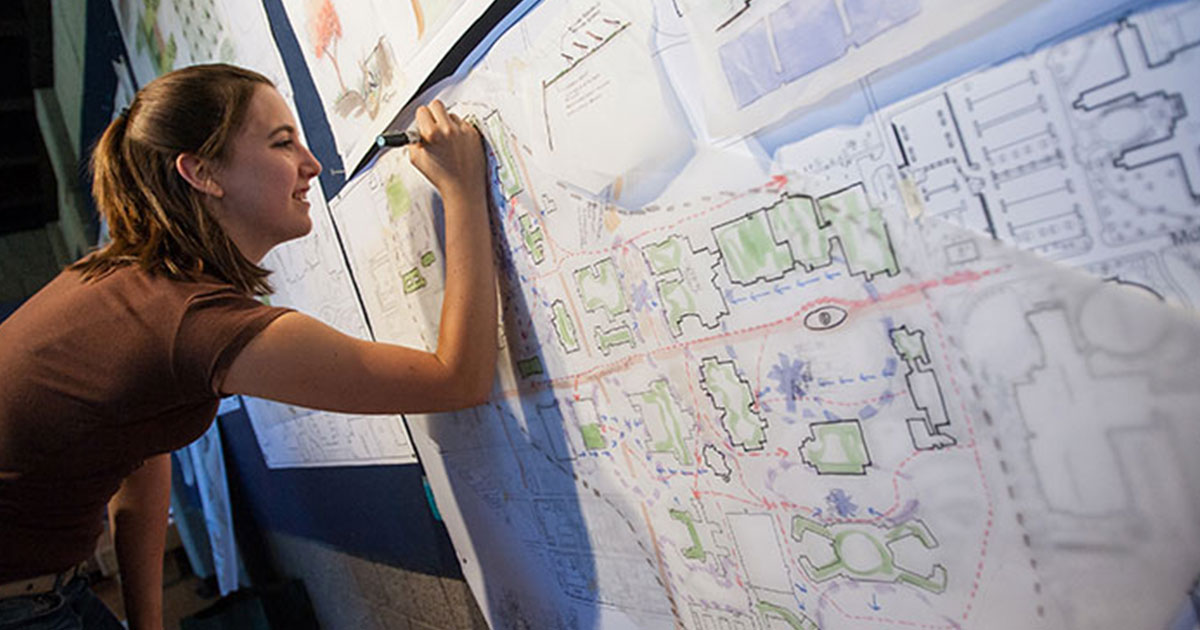

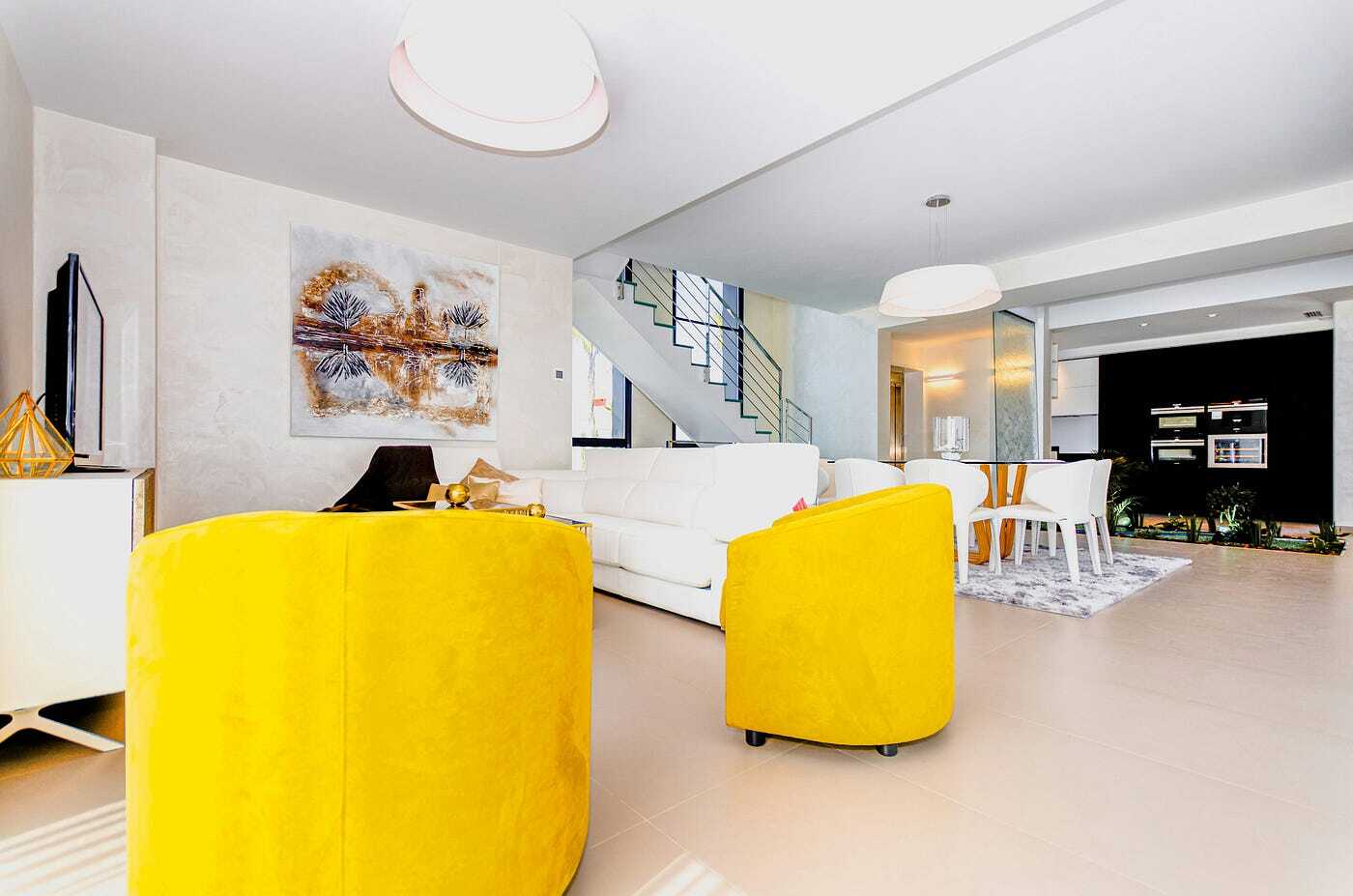

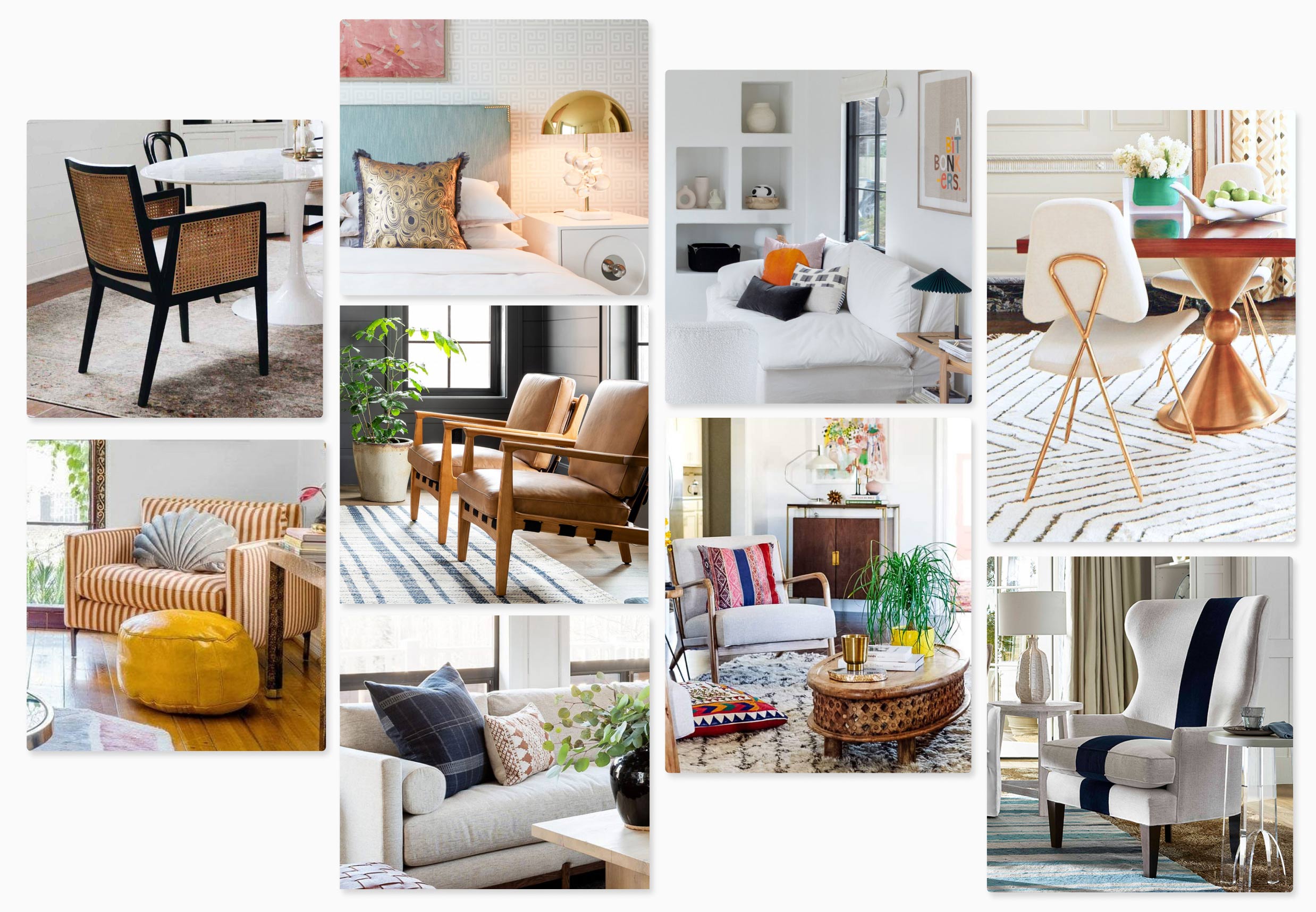
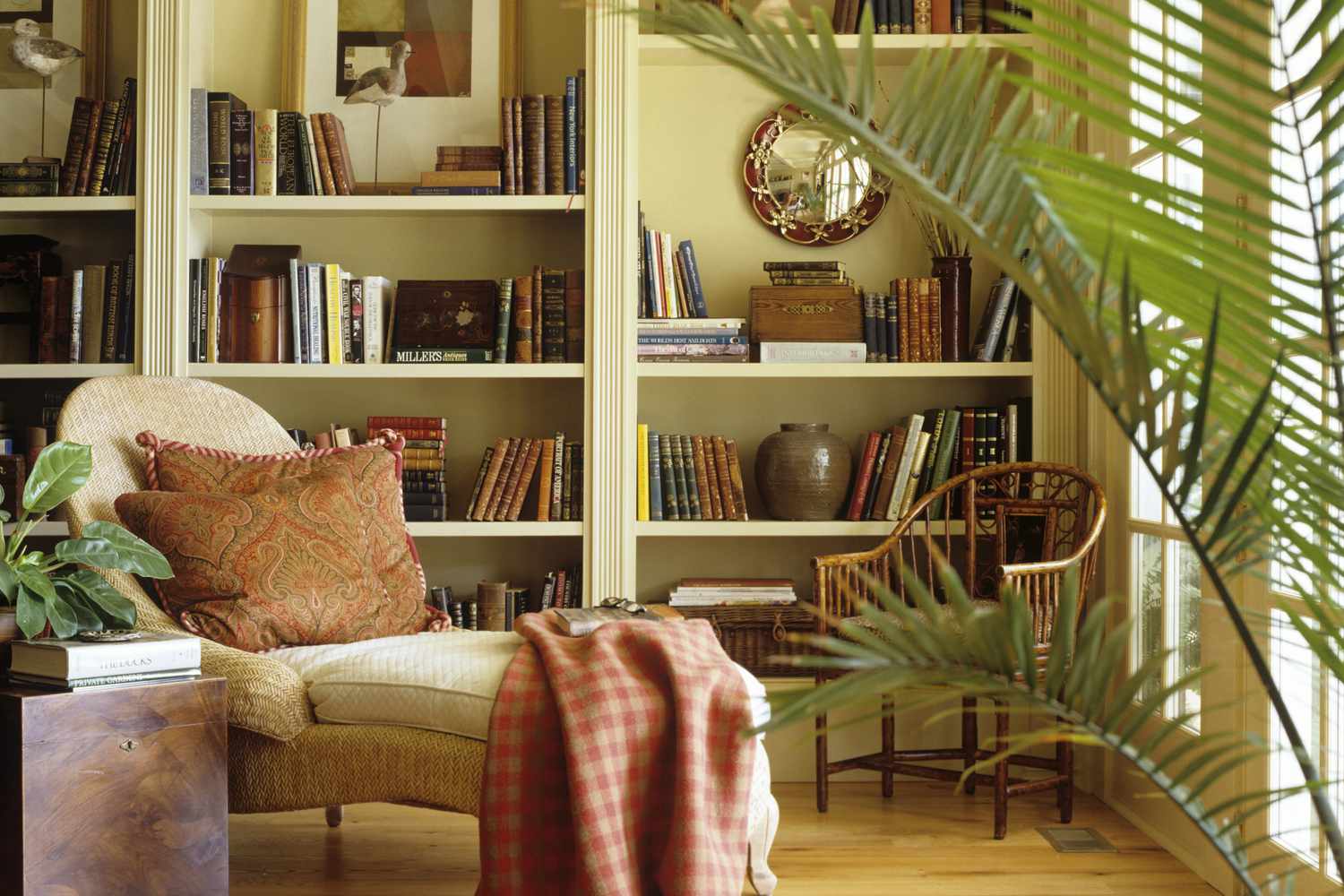
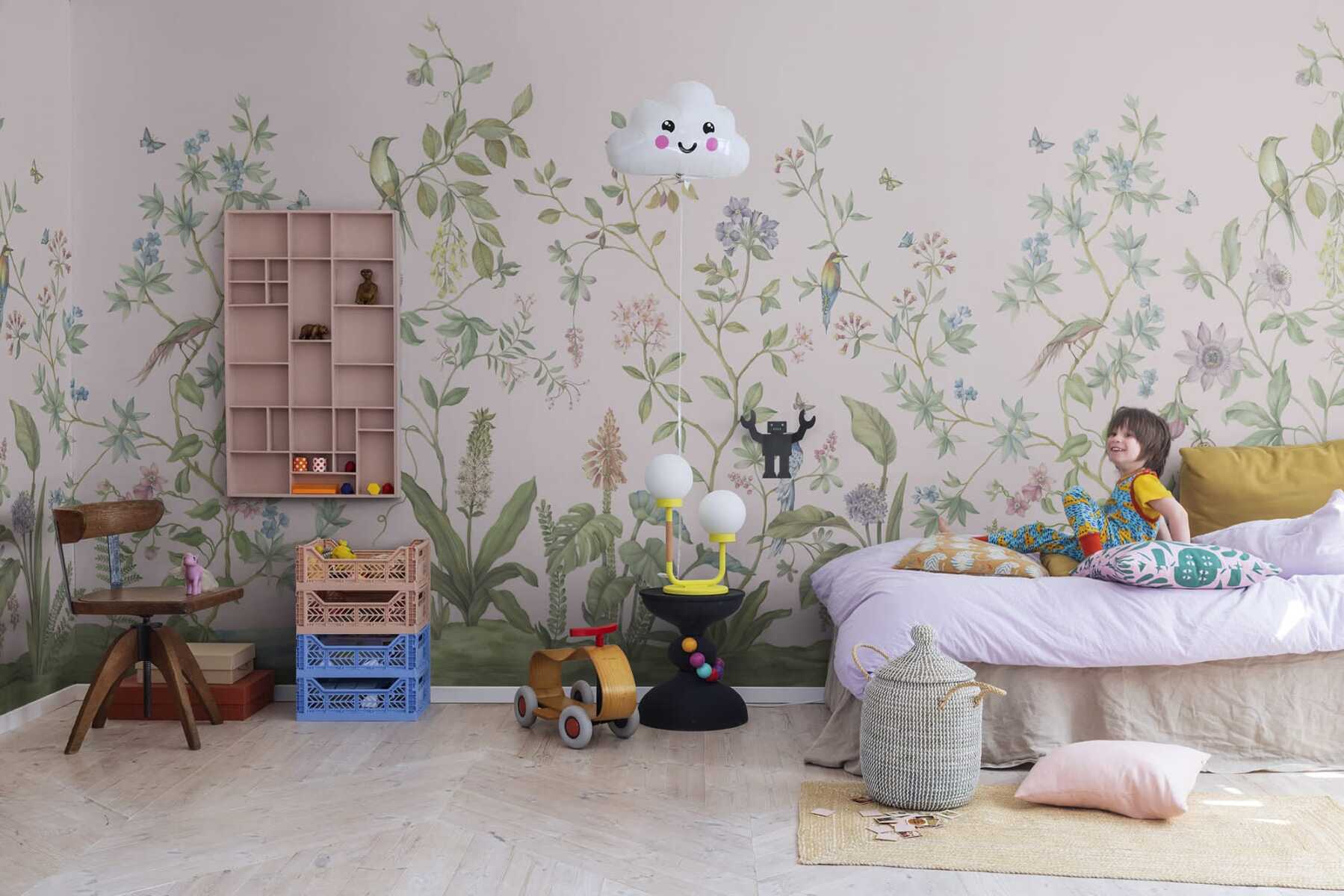
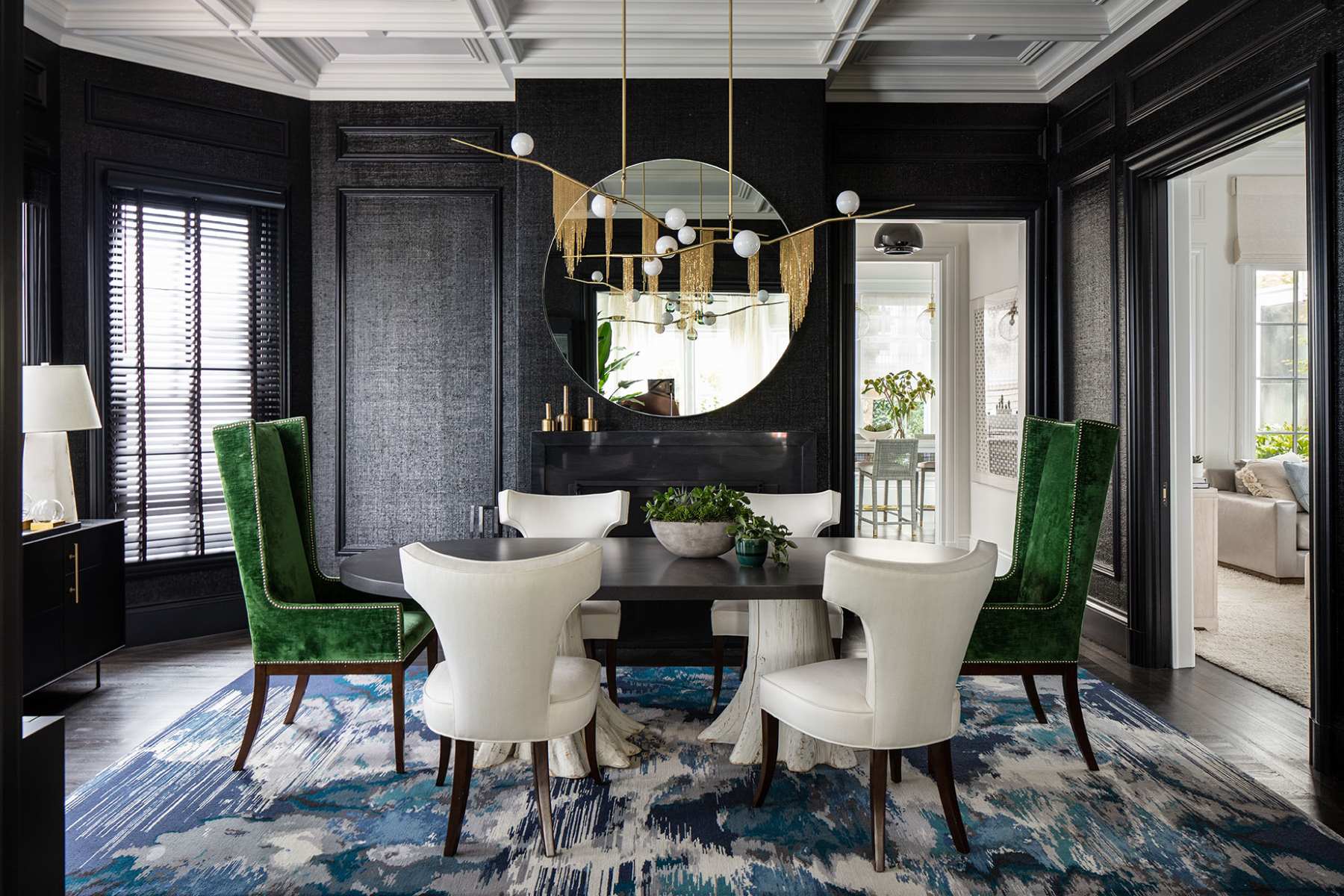
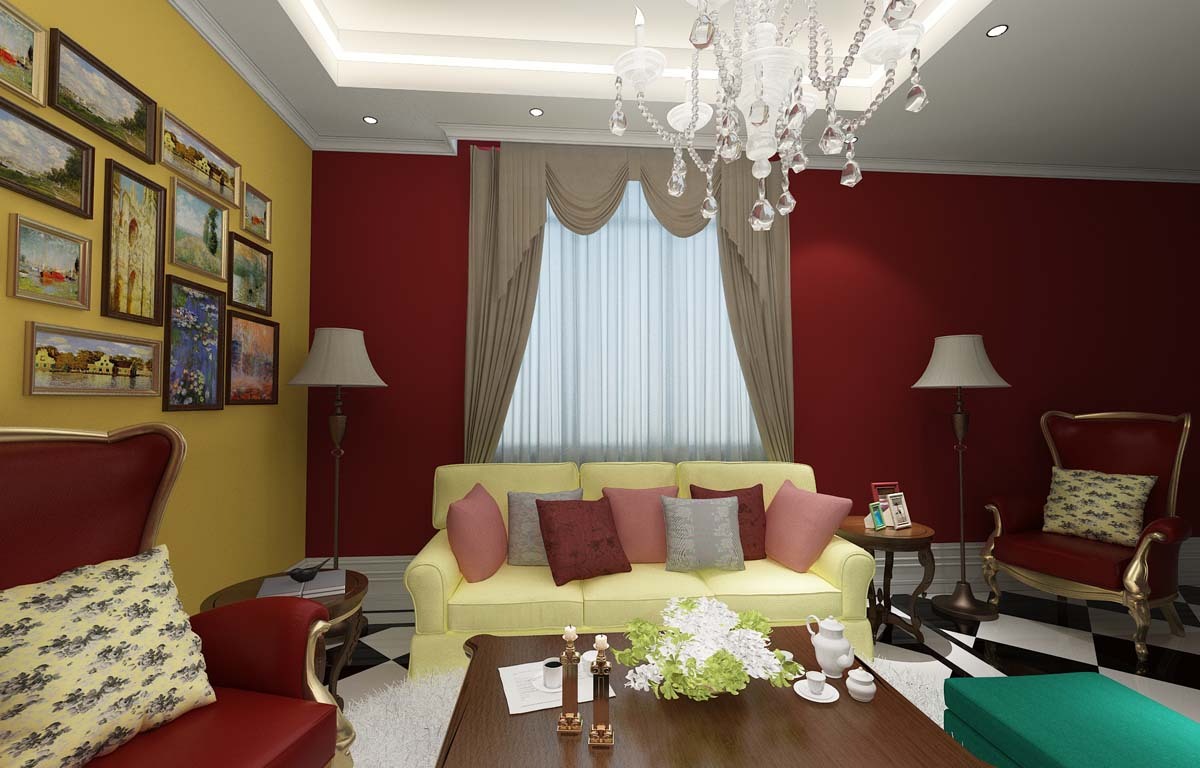
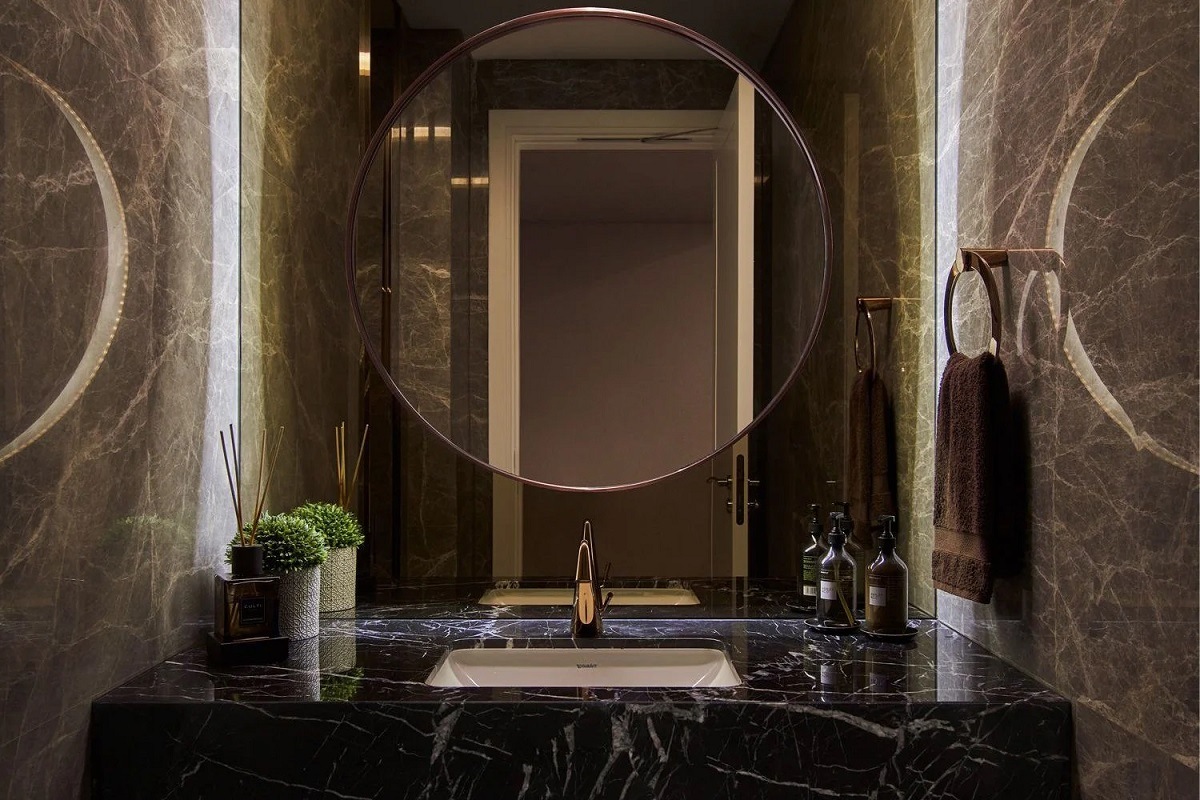
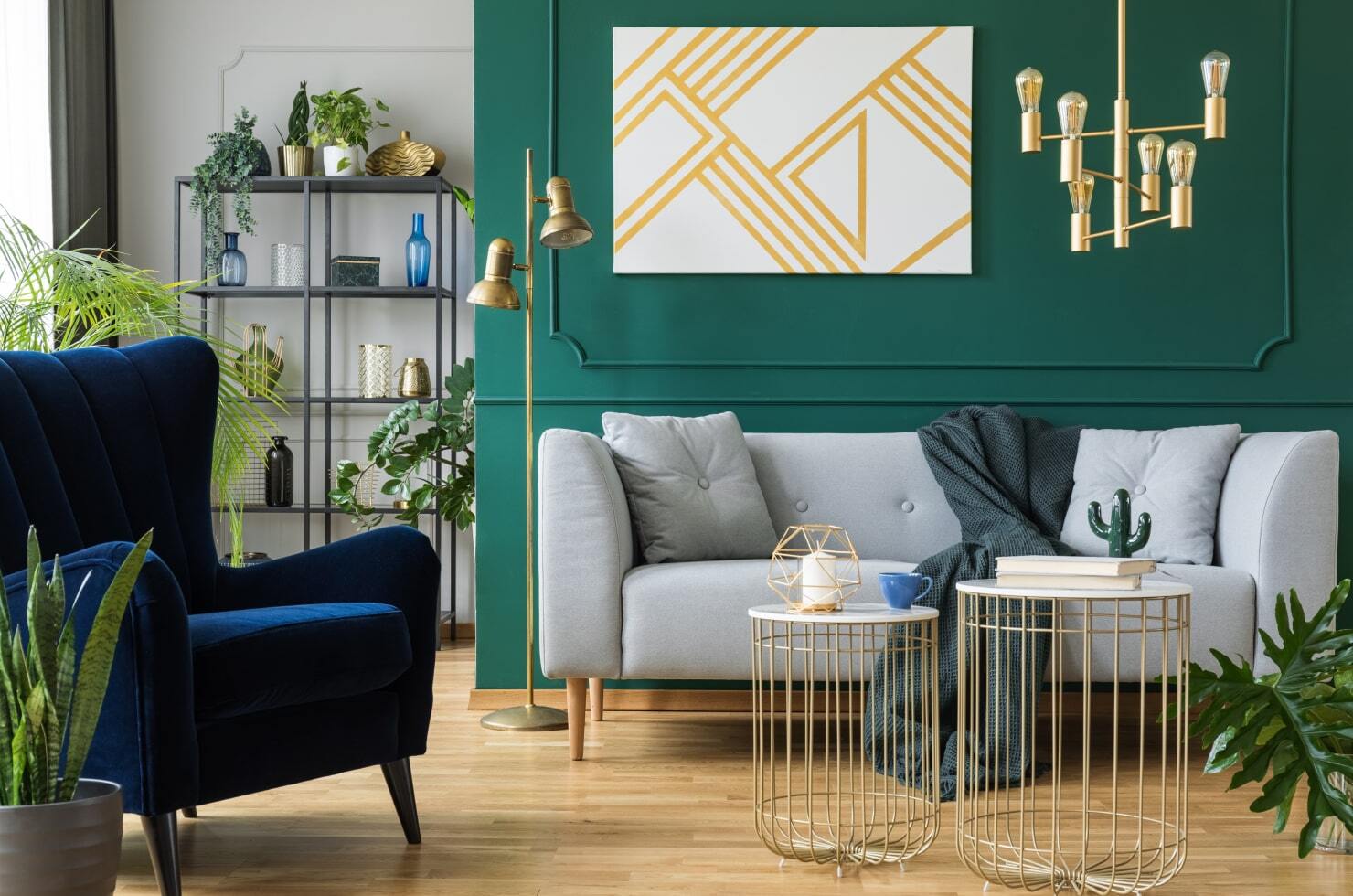
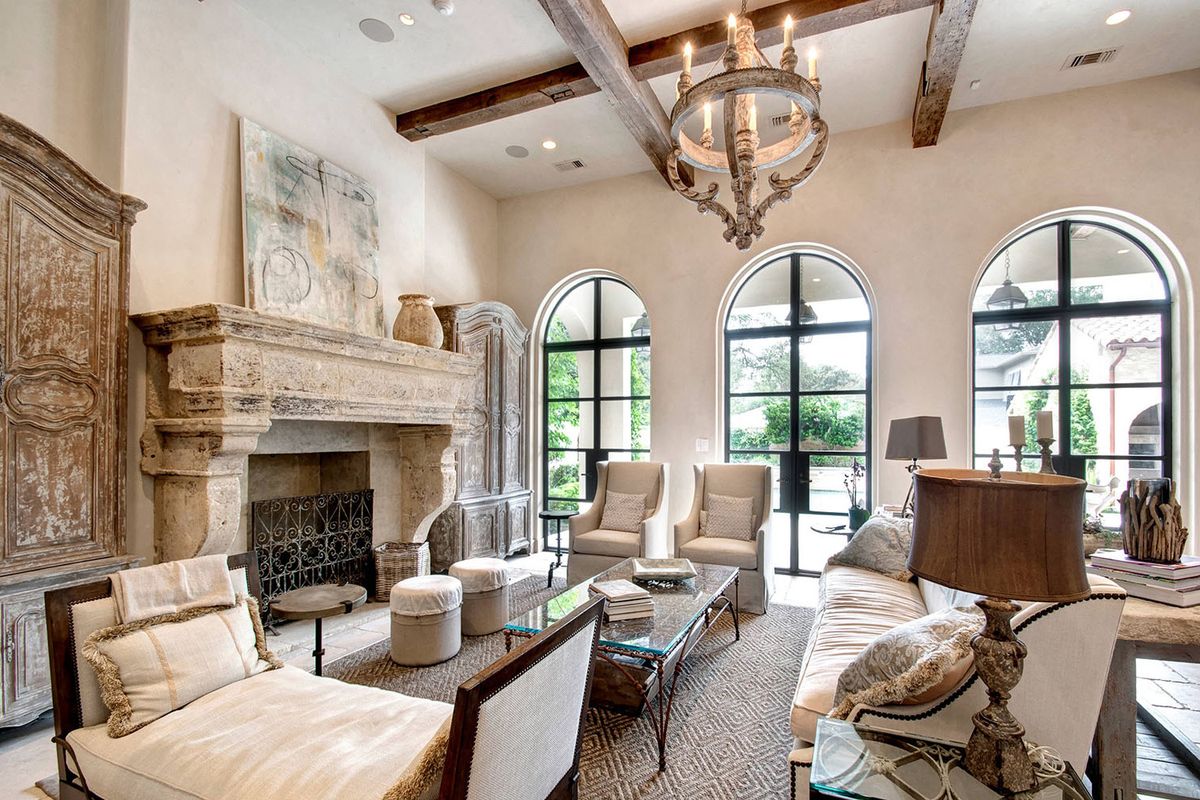
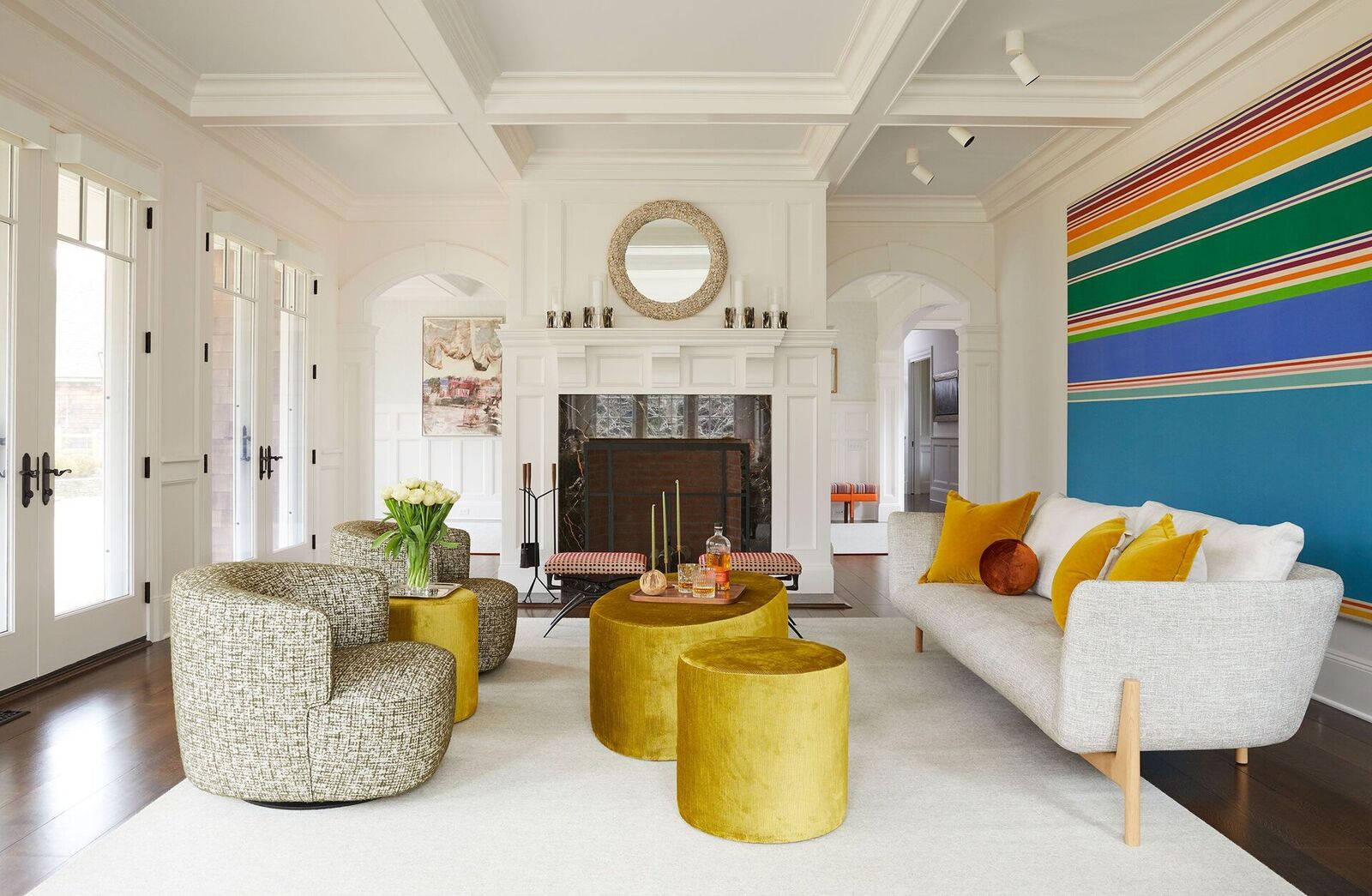

0 thoughts on “What Degree Is Interior Design”